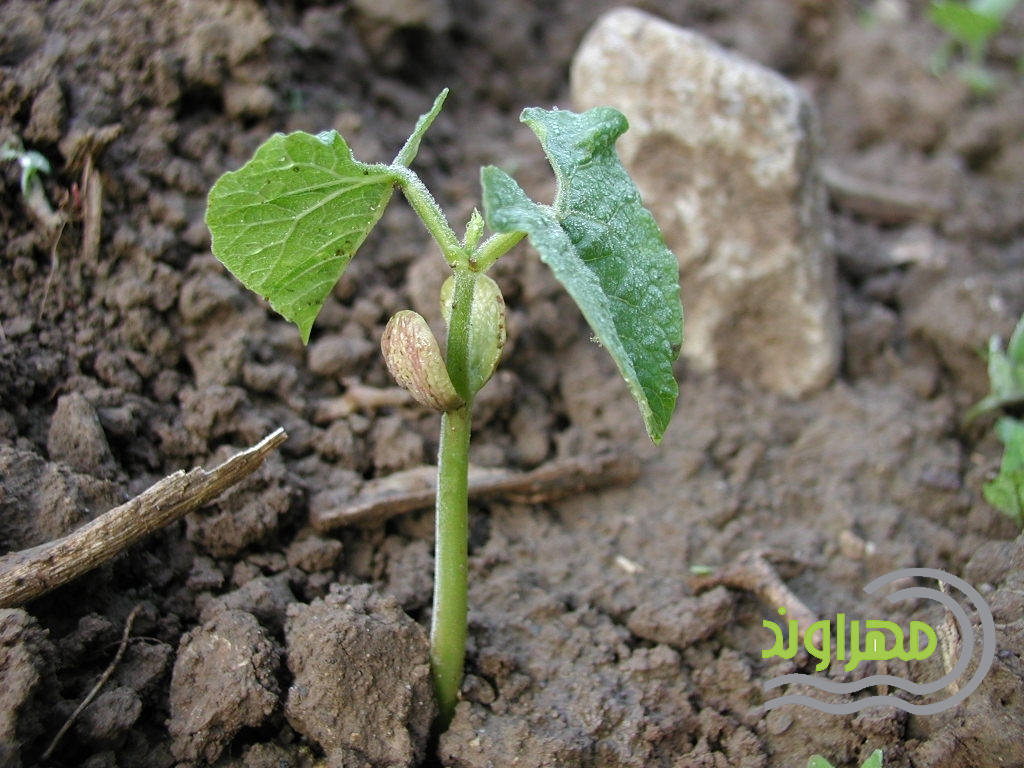
In this article from the Mehravand company blog, we talk about the cultivation of pinto beans with tape, any doubts you have about the cultivation of beans and pinto beans can be resolved by reading this article, or if you have any questions, you can write in the comments section. Ask your question at the bottom of the page.
Beans are one of the most consumed legumes in the world, about 50% of which are directly consumed by humans. The conventional cultivation method in Iran is flat like grains and small seeds. But it should be noted that the bean is basically a vegetable plant, so its cultivation method is also in rows, and its cultivation operations should mainly be done by rows of mechanical or pneumatic works. In agriculture, sometimes by changing the cultivation pattern, a change can be made in the production of a product. Beans are no exception to this rule.
Methods of growing beans with tape
In the following, we will explain the methods of growing beans with tape.
Broadcast method
In this method, which is done using labor force or centrifugal seeder, the longitudinal and transverse distance of the seeds cannot be adjusted. This method has been common since the distant past and even now it is used in some parts of Iran. In this method, after secondary plowing, the seeds are spread on the surface of the ground by hand or a centrifugal spreader, and then the seeds are mixed with the soil using a trowel or cultivator. In this method, the seed placement depth is different in different parts of the field. Some of the seeds remain on the surface of the soil, and some of them are placed very deep. In this method, the percentage of greening and growth of plants is not uniform.
Line cultivation method
In this method, using linear machines, seeds are randomly and irregularly placed inside the seed bed. The transverse distance between planting lines is adjustable, but the longitudinal distance of seeds on a line is not adjustable, and the distance between seeds is variable.
Row cultivation method
This method is used in grain plants (such as corn, sugar beet and cotton) and in Iran it is less used in grain and leguminous cultivation. The length distance of the seeds on the line can be adjusted, while it is possible to carry out mechanical operations, including weed eradication, fertilizing, culling, and soiling at the base of the bush. It is important to note that beans and pinto beans are also cultivated in rows. In this method, rows of mechanical or pneumatic works are used. Depending on the irrigation management and environmental conditions, each of the methods of linear work and row work can be done flat or ridges (pattern of one, two and three rows on the ridge) or cultivation in the bottom of the furrow.
Cultivation on the ridge is used in areas where irrigation is in the form of atmospheric and ridge. In rainfed agriculture, the pattern of cultivation inside the furrow (on the bottom of the furrow) is recommended. It is not recommended to implement flat cultivation in the case of legumes and even grains. In recent years, due to the development of tape irrigation or drip irrigation for crop cultivation, the cultivation method on the stack is recommended. Most of the farmers use the planting pattern of three rows or four rows on the ridge. However, the best planting pattern in both atmospheric and ridge and strip irrigation methods is two rows on the ridge.
How much water can be saved with drip tape?
By using tip tape in beans, about 5 times water can be saved per hectare. It should be noted that this lack of water is effective in the growth of plants, which means that about 3 times more crops can be harvested.
Advantages of using tip tape in drip pinto bean cultivation
- Reduce fertilizer consumption
- Increasing bean tonnage
- Saving water in irrigation
- Easy watering
What should be the spacing of the tip tape in beans?
This question depends on the type of ground, but in 80% of cases, the distance is between 50 and 75 cm.
How far should the drippers (holes) be apart?
The distance between the drippers should be 20 cm.



